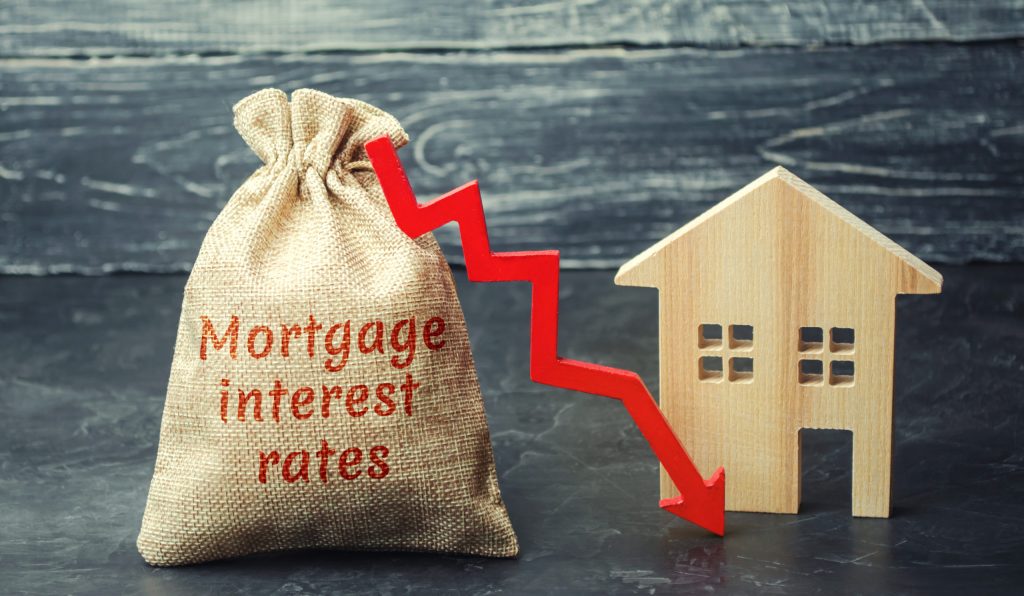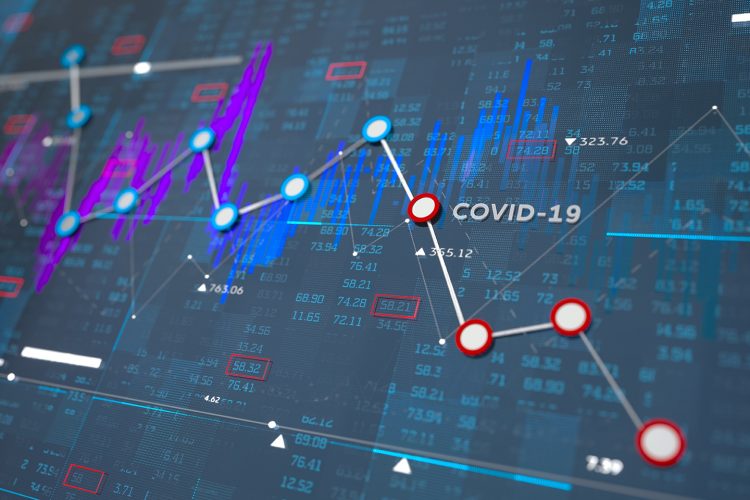Interest Rate Outlook:
The Future of Pre-Pandemic Levels
Once inflation is reined in, it’s probable that interest rates may regress to pre-pandemic benchmarks. The extent to which rates will return to these previous levels hinges on the persistence of public debt, the approach to financing climate policies, and the scope of deglobalization efforts.
Authors’ Perspectives:
Natal and Barrett’s Analysis
Authored by Jean-Marc Natal and Philip Barrett on April 10, 2023, this piece examines the ascent of real interest rates in response to surging inflation and tightened monetary policies globally. A pivotal query is whether this hike is ephemeral or if structural factors significantly influence this rise.
The Historical Context:
Decades of Decline
A steady decline characterizes the real interest rates from the mid-1980s across diverse terms and amongst most developed economies. This long-term shift likely aligns with a descent in the natural rate of interest—the real interest rate consistent with the economy operating at its full potential and inflation standing at target levels, neither stimulating nor contracting economic activity.
The Role of Natural Rates:
Policy Guidance
The natural rate is a benchmark for central banks to gauge the monetary stance and is also critical for fiscal policy, as government debt is generally repaid over decades. The natural rate serves as an anchor for the real interest rate over the long term, informing the cost of borrowing and the sustainability of public debt.
Past Factors Influencing Natural Rates:
Diverse Drivers
When scrutinizing the synchronous dip in real interest rates of the past, it’s crucial to discern the extent to which domestic versus global factors play roles. For instance, does the productivity growth in China and other countries impact US real interest rates?

Global Trends:
A Delicate Balance
Research concludes that global elements are substantial, yet their net effect on natural interest rates is comparatively moderate. Fast-growing emerging economies have attracted savings from advanced ones. While the latter’s natural interest rates were initially boosted as investors sought higher returns abroad, the amassed savings in emerging economies disproportionately reallocated into government securities like U.S. Treasuries following the 2008 financial crisis, easing the natural rates.
A Structural Model:
Understanding Decades of Change
A nuanced structural model aids in understanding the factors that underpinned the past 40 years’ harmonized decrease in natural interest rates. Beyond global drivers affecting net capital flows, total factor productivity growth and demographic shifts—such as changes in birth and death rates or the duration of retirement—were primary downward forces.
National Variances:
Regional Distinctions
In some countries, like Japan and Brazil, an increase in fiscal financing needs has pushed real interest rates up. Other factors, like growing inequality or declining labor income share, also contributed, albeit less significantly. Emerging markets display wider disparities, with some, like India, experiencing an increase in their natural rates during this period.
The Projected Path of Real Interest Rates:
A Look Ahead
It is improbable that these forces will exert vastly different impacts in the future, so developed economies’ natural interest rates may remain low. With emerging economies expected to converge with advanced ones in total factor productivity gains and aging demographics, their natural rates will likely decline to levels seen in developed nations.
Potential Scenarios:
Predictions Amidst Uncertainty
However, predictions, as with underlying driving factors, are rife with uncertainties, especially in the post-pandemic era:
- Fiscal Support and Debt: Governments may struggle to withdraw fiscal support, hiking public debt and thus potentially eroding the “convenience yield” paid by investors for holding scarce, safe, and liquid government debts. This could cause a natural rate increase.
- Climate Policy Financing: A budget-neutral pivot to a cleaner economy might initially drive down the global natural rate due to rising energy costs (reflecting taxes and regulatory effects) that lower the marginal productivity of capital. Yet, deficit-financed green public investments and subsidies might counter or even reverse this trend.
- Forces of Deglobalization: An intensification of deglobalization could fracture trade and finance flows, leading to a rise in natural rates in advanced economies and a decrease in emerging markets.
While these scenarios would individually enact limited effects on natural interest rates, their simultaneous occurrence, especially the first and third, could have a significant long-term impact.
Conclusion:
Rate Reversion Post-Inflation Control
In summary, the recently witnessed rise in real interest rates is likely temporary. As central banks of developed economies adjust monetary policy post-inflation control, real interest rates are expected to relapse to pre-pandemic levels. The scale of this reversion depends on whether scenarios like rising government debt and fiscal deficits or financial segmentation materialize. Conservative estimates for future demographic changes and productivity trends in large emerging markets suggest their real interest rates will gradually converge with those of developed economies.






































